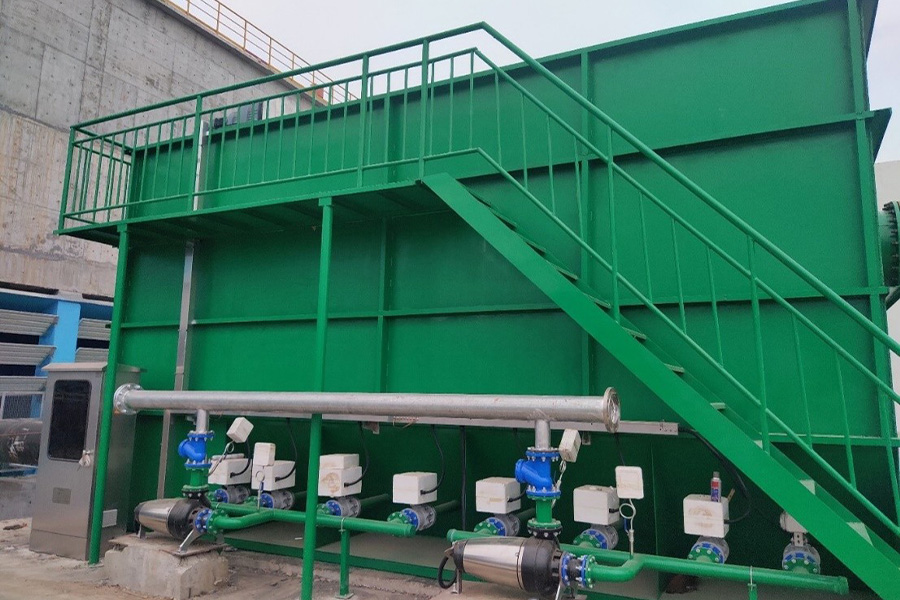Transporting refrigerated medication is a critical process that requires careful planning, adherence to regulations, and proper handling techniques. In this blog post, we will explore the essential guidelines and best practices for transporting refrigerated medication, ensuring the integrity and efficacy of these vital pharmaceutical products.
- Understanding the Importance of Temperature Control:
Maintaining the appropriate temperature range is crucial for preserving the potency and effectiveness of refrigerated medication. Deviations from the recommended temperature range can lead to degradation or even complete loss of the medication's therapeutic properties. Therefore, it is essential to prioritize temperature control throughout the transportation process. - Choosing the Right Packaging and Insulation:
To ensure temperature stability, selecting suitable packaging and insulation materials is paramount. Insulated shipping containers, such as coolers or thermal boxes, should be used to provide a controlled environment for the medication. These containers should be well-insulated and equipped with refrigerants or gel packs to maintain the desired temperature range. - Preparing the Medication for Transportation:
Before transporting refrigerated medication, certain preparations must be made. This includes ensuring that the medication is properly stored at the recommended temperature prior to packaging. Additionally, it is crucial to verify the medication's expiration date and remove any unnecessary packaging or labeling to minimize bulk and potential temperature fluctuations. - Monitoring and Recording Temperature:
Continuous monitoring of temperature during transportation is vital. Temperature monitoring devices, such as data loggers or temperature indicators, should be used to track and record temperature fluctuations throughout the journey. These records serve as crucial documentation to ensure compliance with regulations and to identify any temperature excursions that may impact the medication's integrity. - Choosing the Right Transportation Method:
Selecting the appropriate transportation method is essential for maintaining temperature control. Depending on the distance and urgency of delivery, options may include refrigerated trucks, air freight, or specialized courier services. It is crucial to work with reputable transportation providers who have experience in handling refrigerated medication and adhere to industry regulations. - Ensuring Regulatory Compliance:
Transporting refrigerated medication involves compliance with various regulatory guidelines, such as Good Distribution Practices (GDP) and Good Manufacturing Practices (GMP). It is essential to stay updated with the latest regulations and ensure that all necessary permits and licenses are obtained. Adhering to these regulations not only ensures the safety and efficacy of the medication but also mitigates legal and financial risks. - Training and Education:
Proper training and education of personnel involved in the transportation process are vital. Staff should be well-versed in handling refrigerated medication, understanding the importance of temperature control, and following standard operating procedures. Regular training sessions and knowledge updates should be conducted to ensure a high level of competence and adherence to best practices.
Conclusion:
Transporting refrigerated medication requires meticulous attention to detail, adherence to regulations, and a comprehensive understanding of temperature control. By following the guidelines and best practices outlined in this article, pharmaceutical companies, healthcare providers, and logistics professionals can ensure the safe and effective transportation of refrigerated medication, ultimately benefiting patients worldwide.












+ There are no comments
Add yours